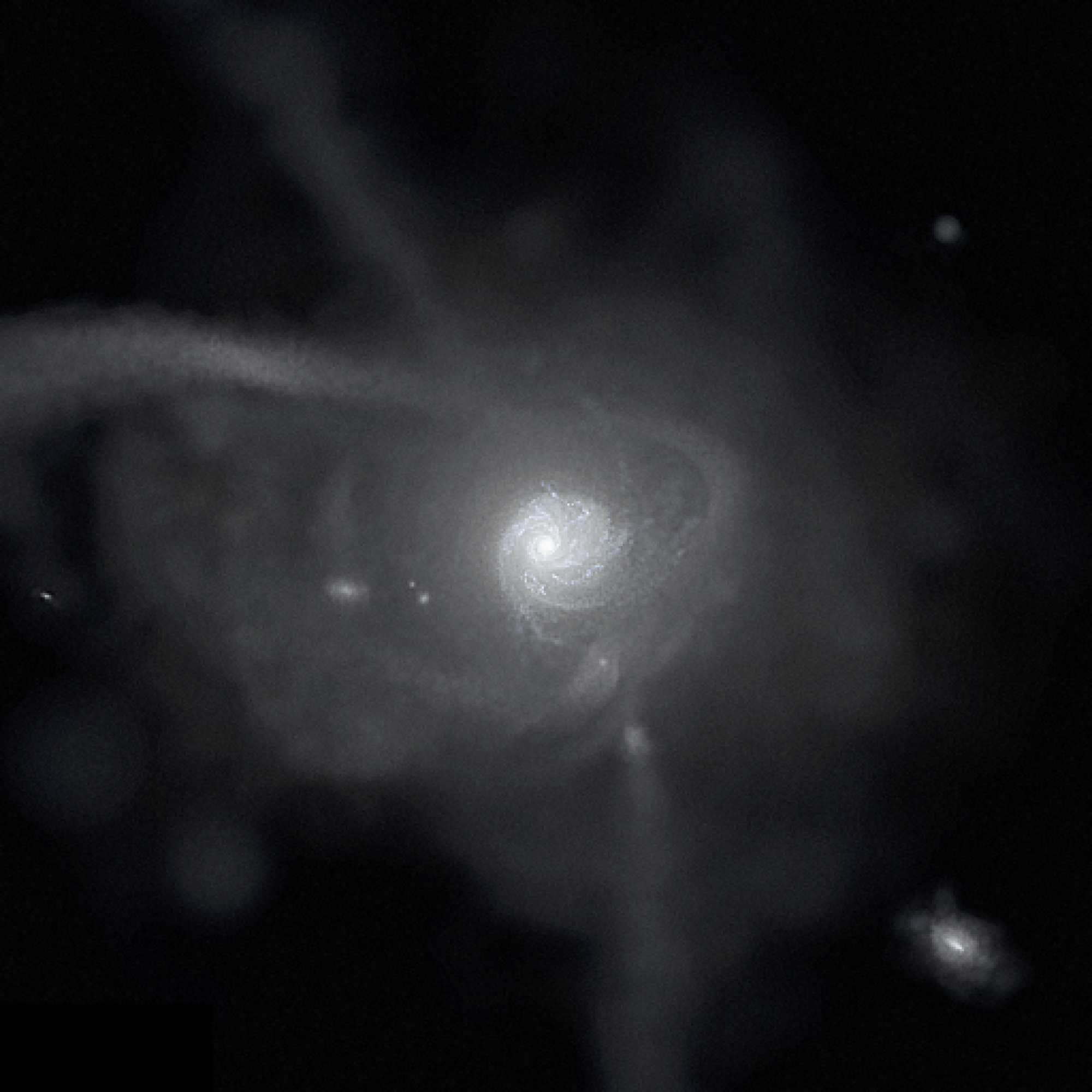
Professor Andrew Wetzel
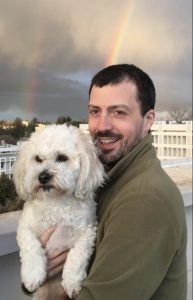
I am a professor in the Department of Physics & Astronomy at the University of California, Davis. I earned my PhD in astrophysics at the University of California, Berkeley, and I pursued postdoctoral research at Yale University, Caltech, and Carnegie Observatories. Read more about my background.
I am fortunate to pursue research with the group below.
PhD students

Fiona McCluskey joined us in 2019 and was awarded a NASA FINESST fellowship. Fiona models the cosmological formation of the disks of Milky Way-mass galaxies, including the roles of disk settling and dynamical heating over cosmic time.

Megan Barry joined us in 2021. She first made predictions for the population of dark-matter subhalos around the Milky Way. She now works on elemental abundances of stars in simulations of Milky Way-like galaxies, including the origin of the bimodality in the distribution of alpha-element abundances.

Heather Pearson first joined us in 2022 as an undergraduate student via our REU program, and she then joined us as a PhD student in 2023. Heather works on predictions for elemental abundance patterns of stars in simulated galaxies and how we can use them to understand stellar nucleosynthesis and galaxy formation.
Undergraduate students
Postdogs
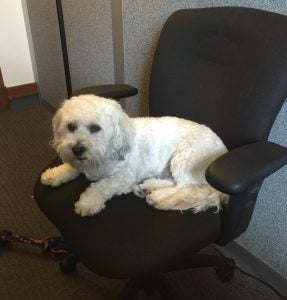
Theodore is our group’s Chief Morale Officer. He joined our group after a short stay at Los Angeles county’s Baldwin Park Animal Care Center. Deciding that astrophysics might be more interesting than squirrel chasing, he earned his Pretty hairy Dog (Ph.D.) degree at Caltech (advised by JoAnn Boyd). He then pursued a postdog fellowship at Carnegie Observatories. As you can see, he effectively runs our group.
Alumni
Postdoc alumni
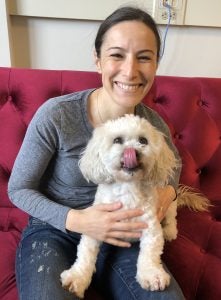
Sarah Loebman joined us 2017-2020 as a NASA Hubble Fellow and UC Davis Chancellor’s Fellow. Sarah went on as a professor in the Department of Physics at the University of California, Merced.
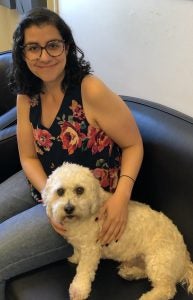
Samantha Benincasa joined us 2018-2020 as a postdoctoral research scholar, modeling the interstellar medium (gas) in the Milky Way and nearby galaxies. Sam went on as a postdoctoral fellow in the Department of Astronomy at the Ohio State University, where she held a President’s Postdoctoral Scholarship, a NSERC Fellowship, and a CCAPP Fellowship.
graduate student alumni

Pratik Gandhi joined us 2019-2024 and was awarded a Frontera Computational Science Fellowship from the Texas Advanced Computing Center. Pratik first explored the effects of metallicity-dependent rates of white-dwarf (Type Ia) supernovae in simulations of galaxy formation. He then worked on the ‘near-far connection’: how we can use the stellar fossil record of nearby low-mass galaxies to understand the epoch of reionization. Pratik went on as a postdoc in the Department of Astronomy at Yale University.
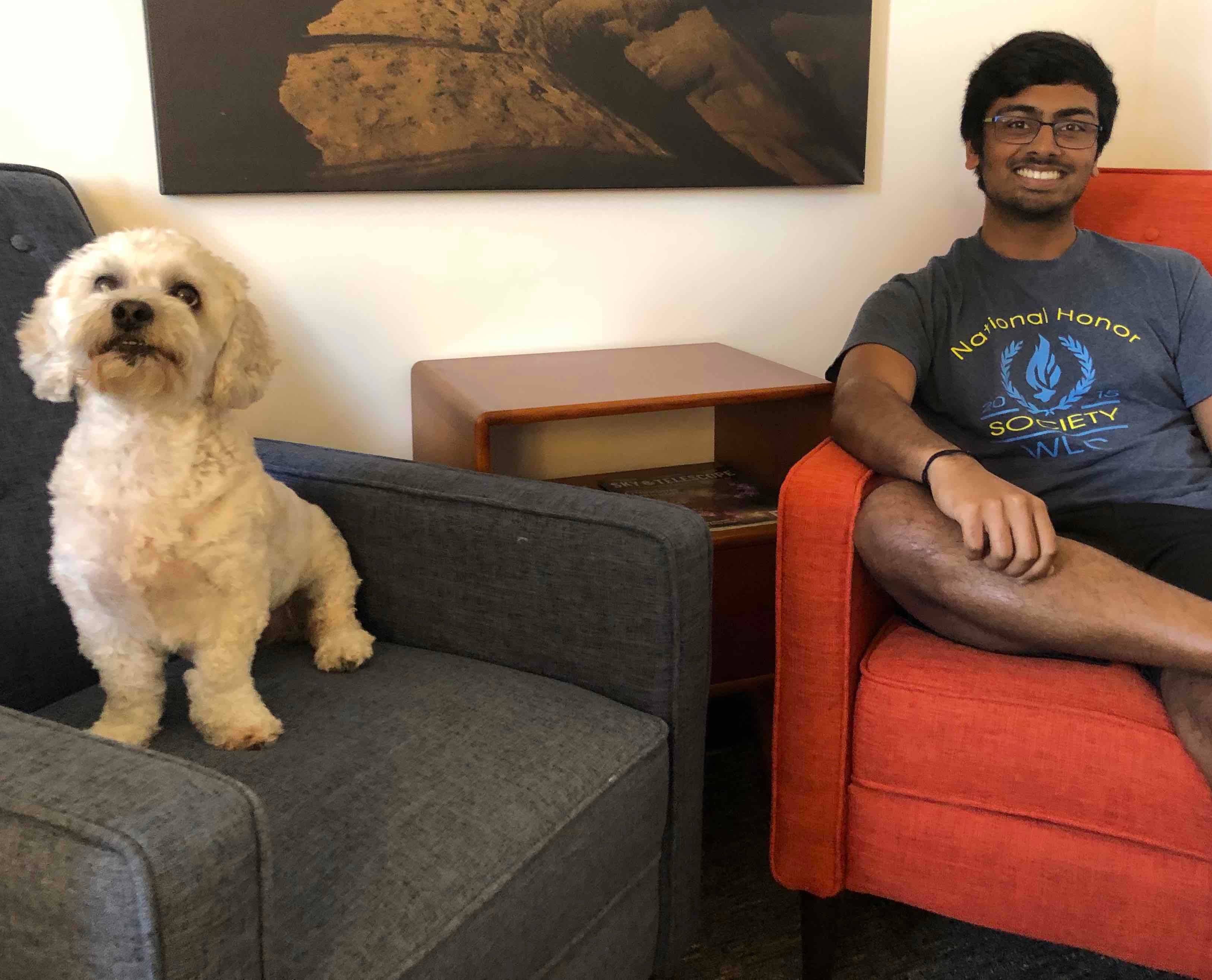
Preet Patel first joined us 2018 as an undergraduate student via the BlueWaters Student Internship, and he then joined us as a graduate student 2020-2023. Preet worked on predictions for elemental abundance patterns of stars in simulated galaxies and how we can use them to understand stellar nucleosynthesis and galaxy formation. Preet went on as a US Patent Examiner.
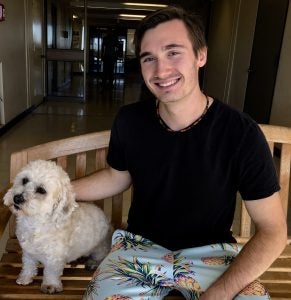
Matt Bellardini joined us 2018-2023, working on the formation of the disks of Milky Way-mass galaxies, including spatial variations of metals and how they vary across cosmic time with implications for chemical tagging, and radial redistribution of the orbits of stars over cosmic time. Matt went on to private industry.
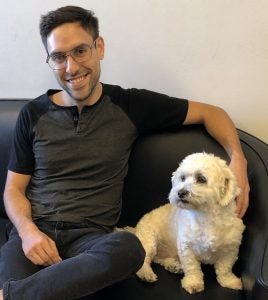
Isaiah Santistevan joined us 2018-2023 and was awarded a NASA FINESST fellowship. Isaiah worked on the formation histories of Milky Way-mass galaxies, including the origin and dynamics of metal-poor stars. Isaiah also used our cosmological simulations to infer the full orbital histories of satellite galaxies in the Local Group. Isaiah went on as a postdoc at Lawrence Livermore National Laboratory.

Jenna Samuel joined us 2018-2021 working on the satellite galaxies of the Milky Way and Andromeda, including their spatial and velocity distributions, the origin of the observed thin planes of satellites, and gas stripping and star-formation quenching via the halo environment. Jenna went on as an NSF Astronomy & Astrophysics Postdoctoral Fellowship in the Department of Astronomy at the University of Texas, Austin.
Undergraduate student alumni

Rori Kang joined us from Harvey Mudd College summer 2024 via our REU program, working on the dynamical evolution of stellar orbits in Milky Way-mass galaxies.

Alfredo Calderon joined us summer 2023 via the Cal-Bridge program from Cal Poly Humboldt, working on predictions for the stellar mass function of galaxies during the epoch of reionization.

Russell Graf joined us 2022-2023 for a Senior Thesis on the elemental abundance patterns of stars, their spatial variations, and their dependence on age in simulations of Milky Way-mass galaxies. He continued to work with us after graduation through 2024 as a junior specialist, to understand the origin and evolution of metallicity radial gradients. Russell went on as a Master’s student in Aerospace Engineering at UC Davis.

Rachel Perelgut joined us 2022-2023 for a Senior Thesis on the evolution of the orientation of galactic disks across cosmic time. Rachel went on as a Master’s student in Physics at Cal State Long Beach.

Heather Pearson joined us summer 2022 via our REU program from Oberlin College, working on the ‘near-far connection’: how we can use the stellar fossil record of nearby low-mass galaxies to understand the epoch of reionization. Heather later joined our group as a PhD student.

Bhavya Pardasani joined us (virtually) summer 2021 via our REU program from the University of Illinois, working on understanding the (hot) halo gas around the Milky Way and its role in stripping gas from satellite galaxies and quenching their star formation. Bhavya went on as a PhD student in Astronomy at Yale University.

Preet Patel joined us summer 2018 via the Blue Waters Student Internship, working on predictions for elemental abundance patterns in stars of low-mass galaxies. Preet later joined our group as a graduate student.
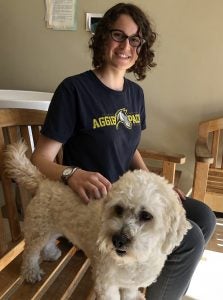
Sierra Chapman joined us 2018-2019 for a Senior Honors Thesis, working on predictions for the population of dark-matter subhalos in the halo of the Milky Way, including encounter rates of subhalos with the Milky Way’s disk and stellar streams. Sierra went on to private industry.
